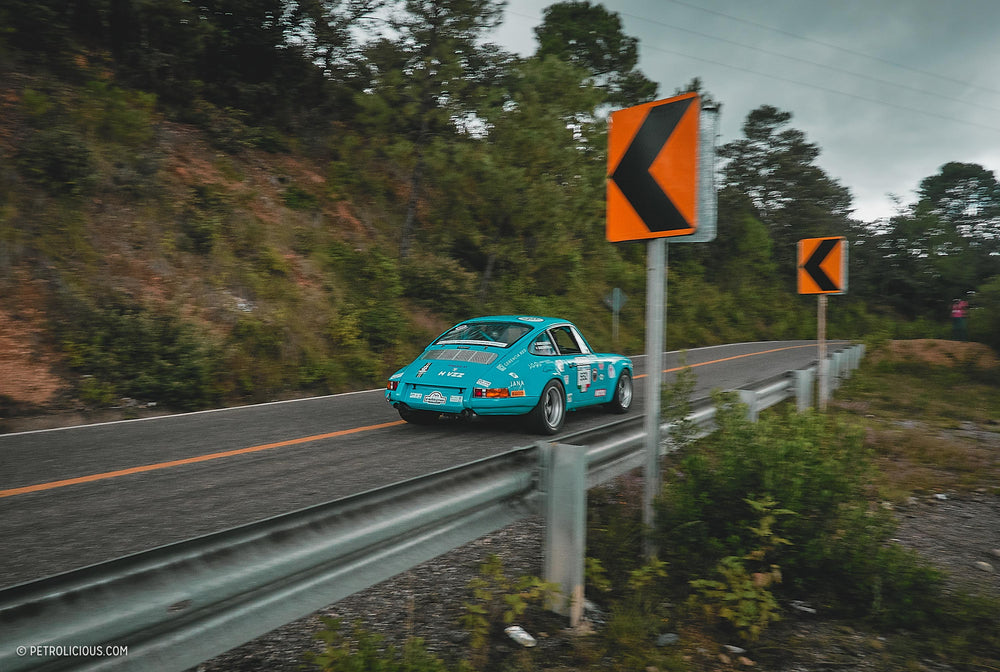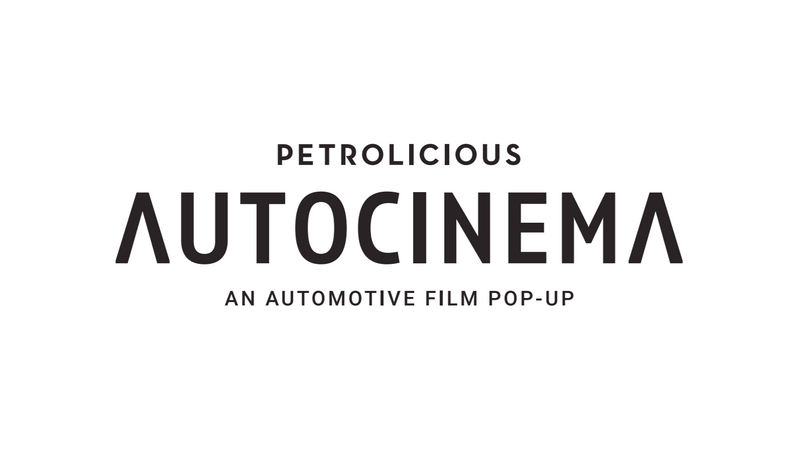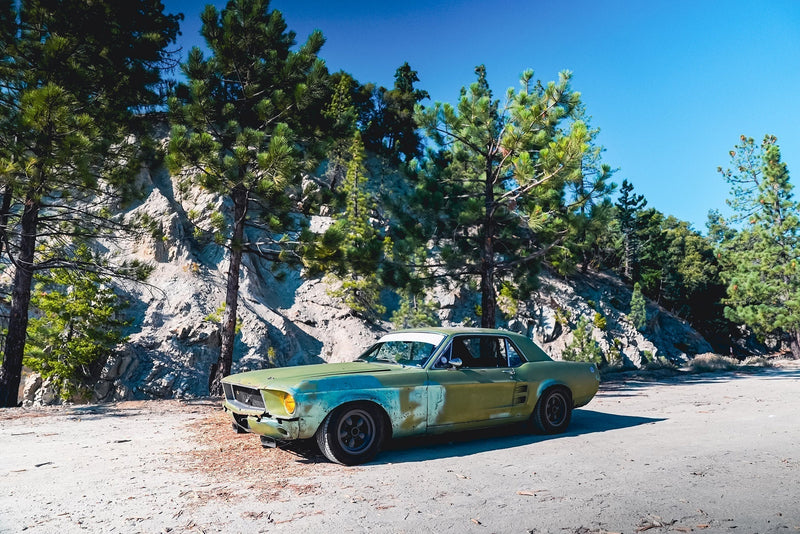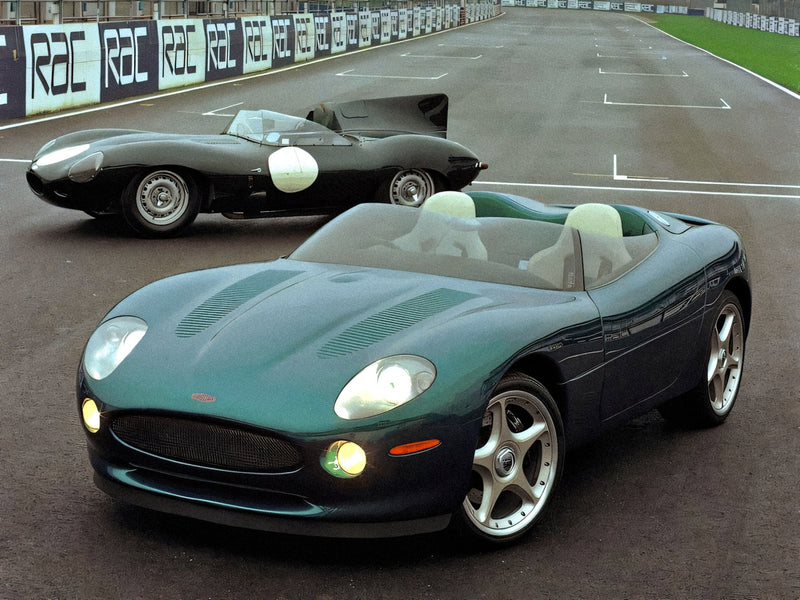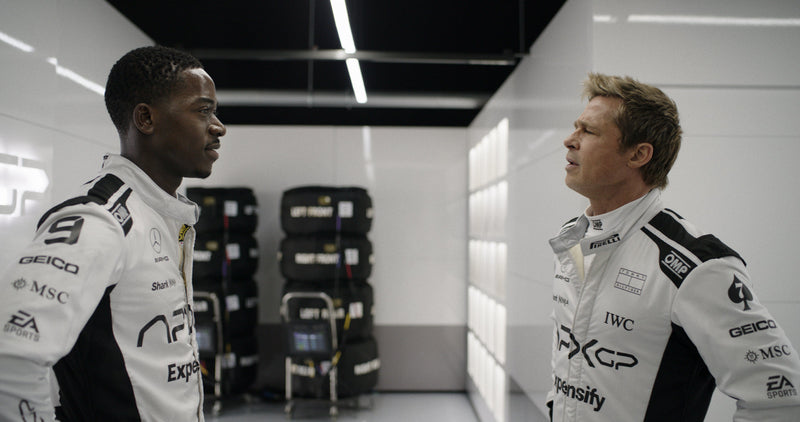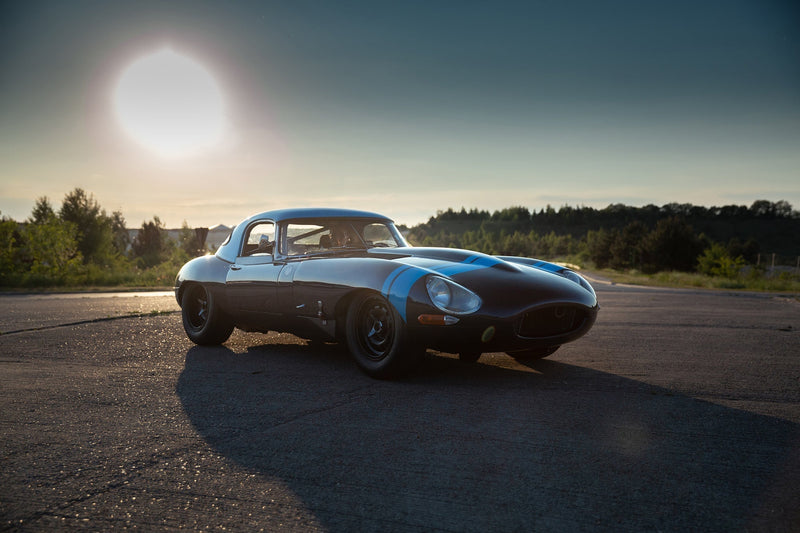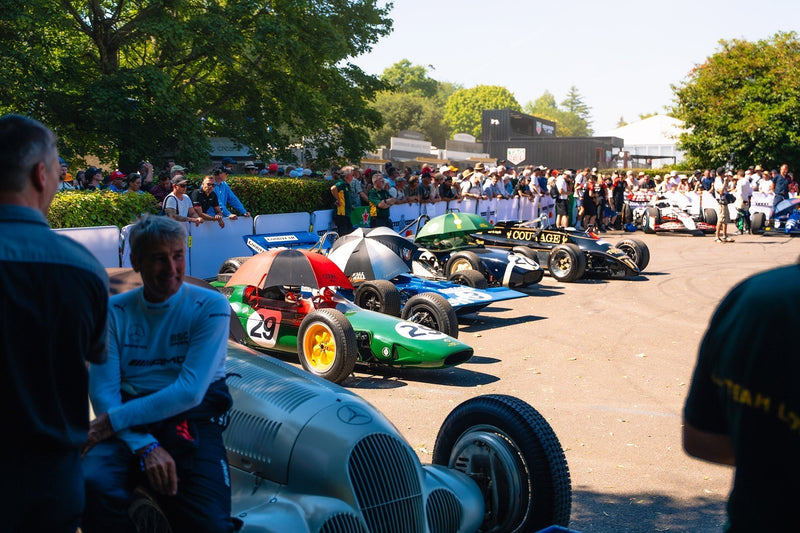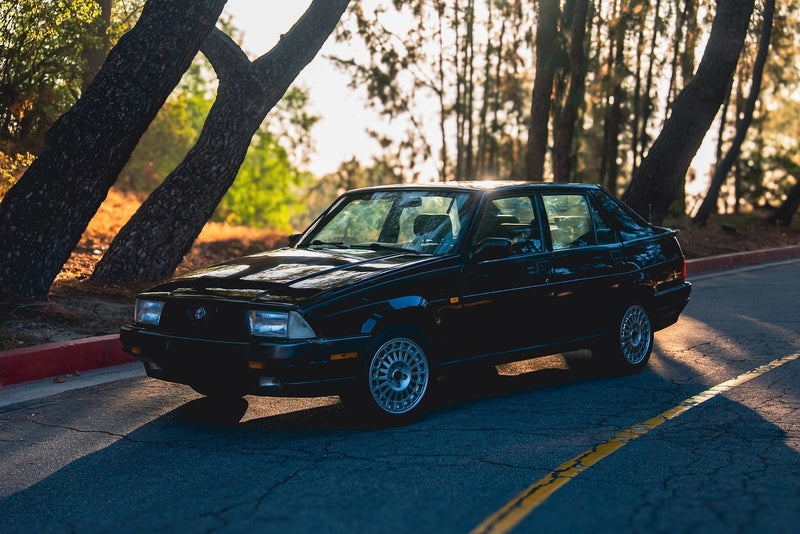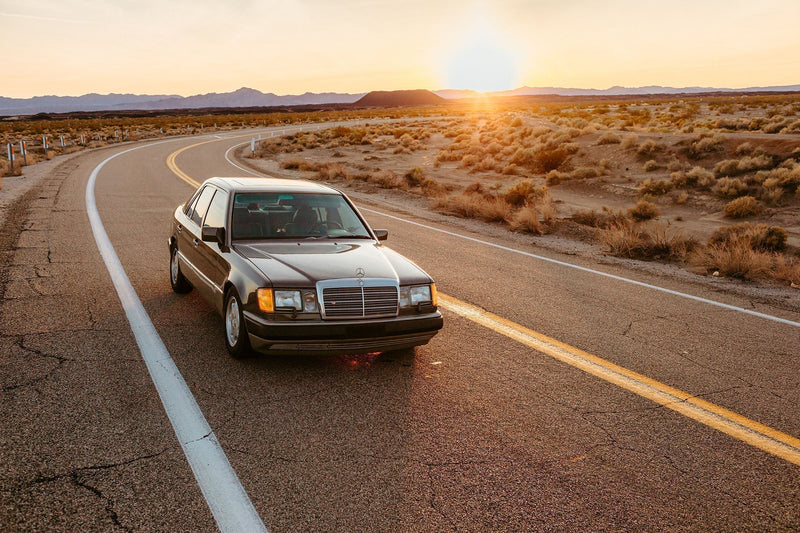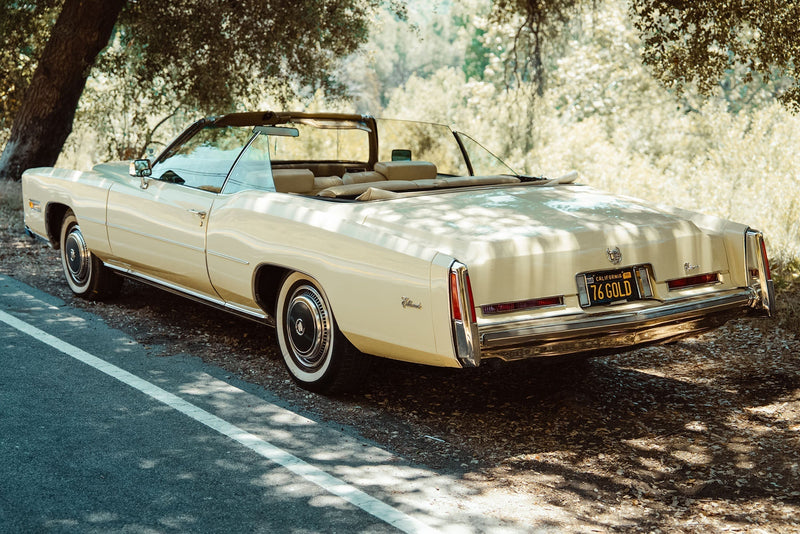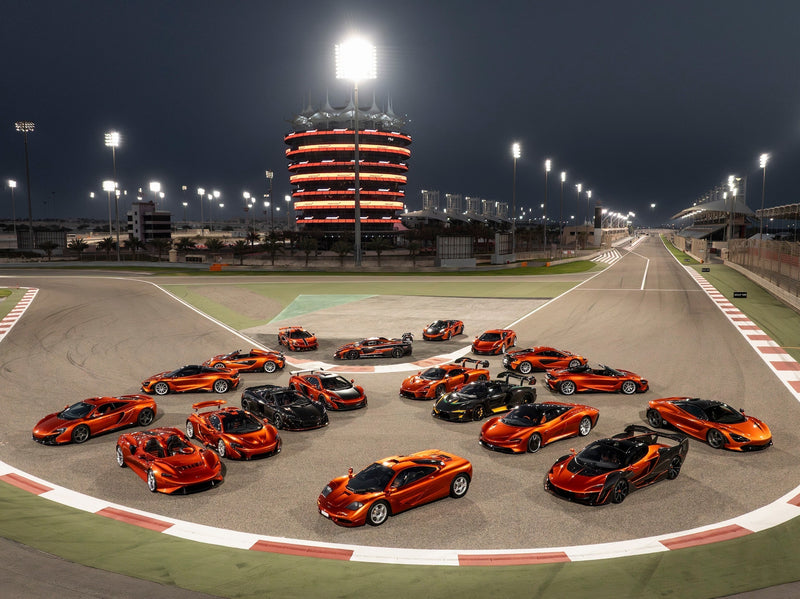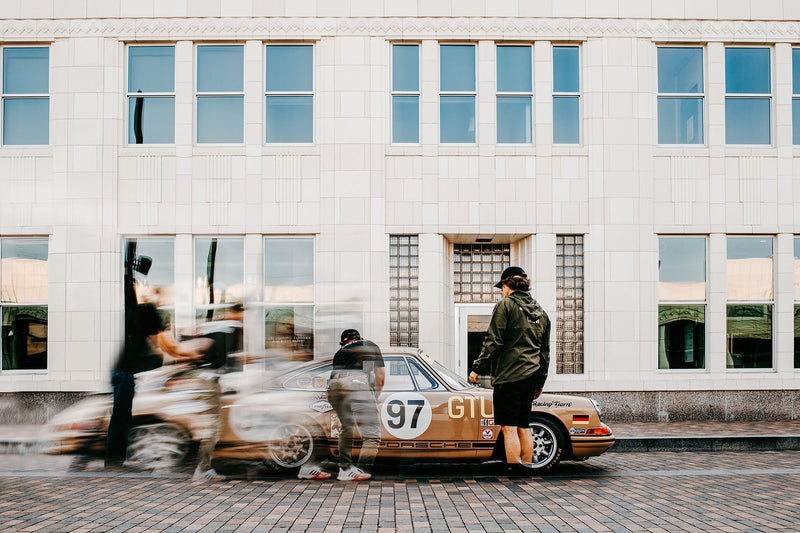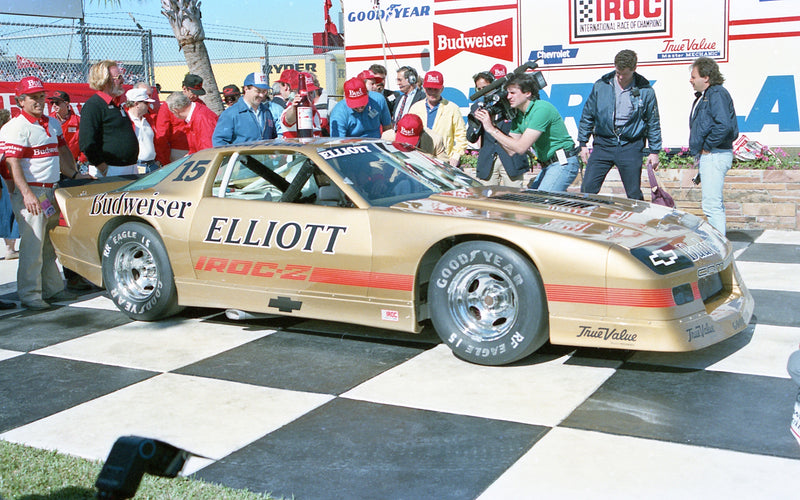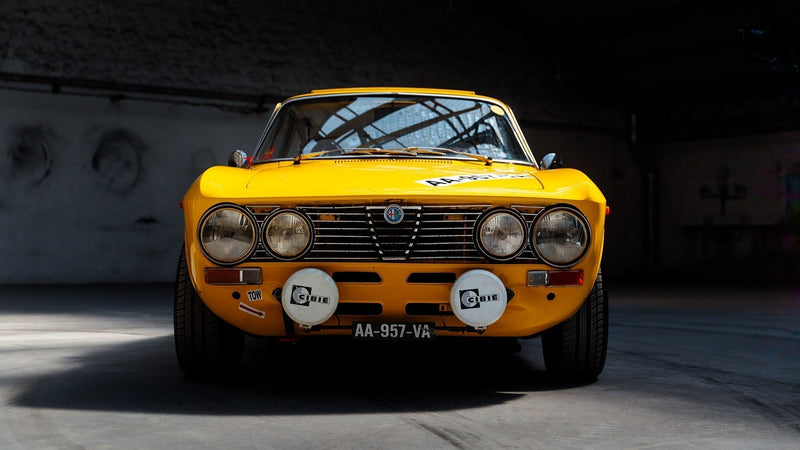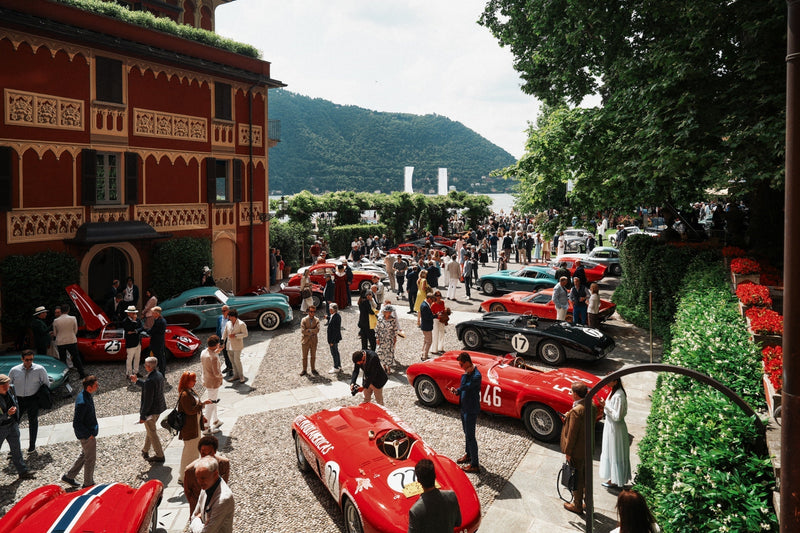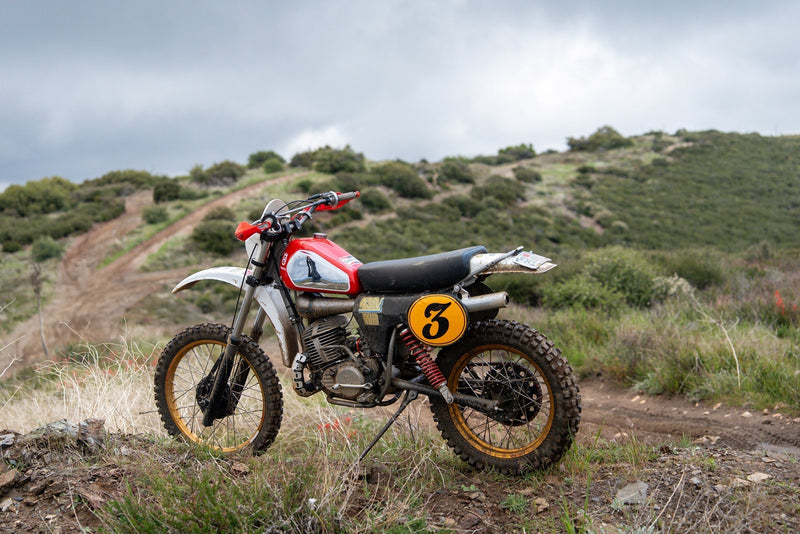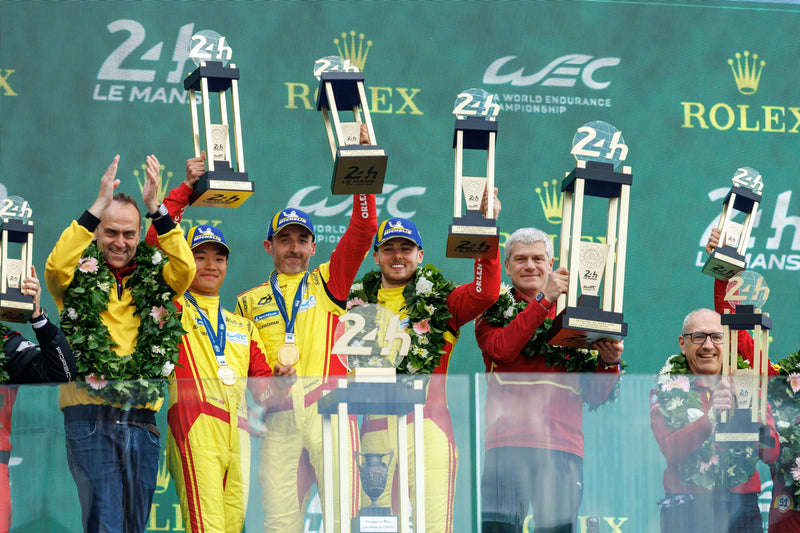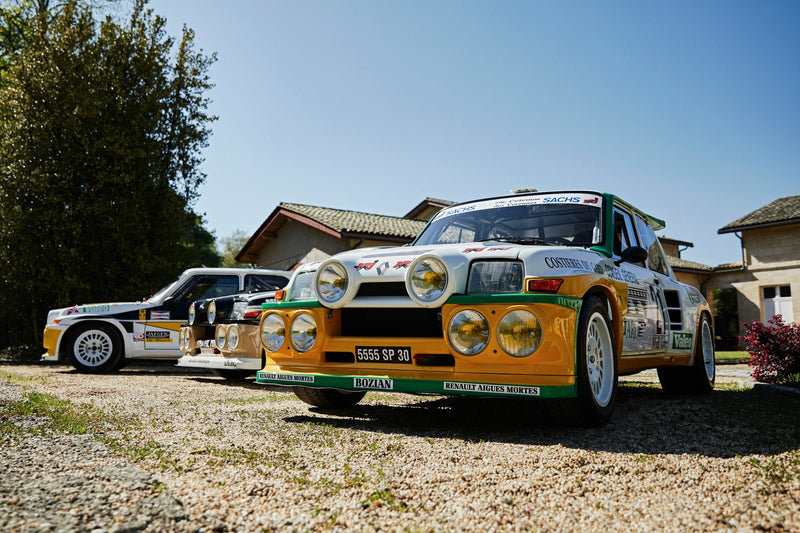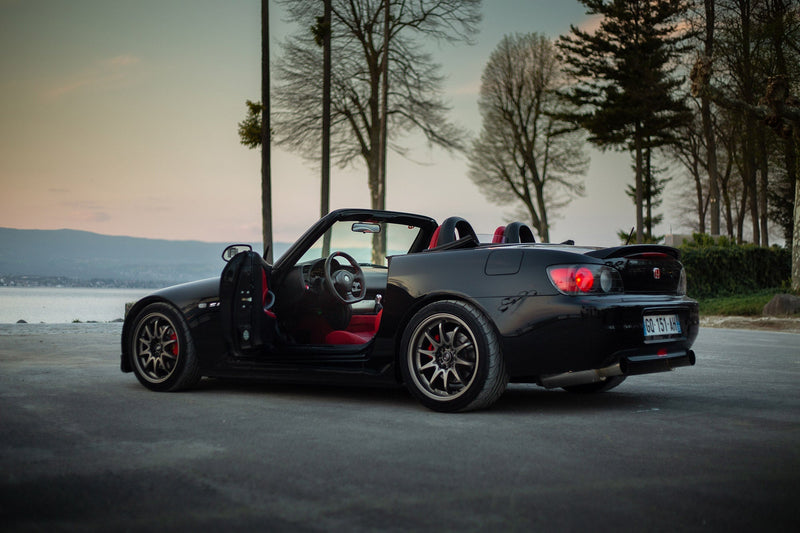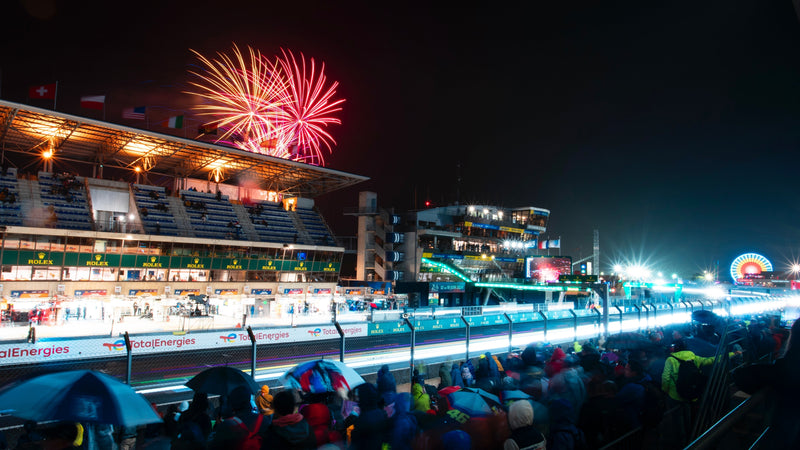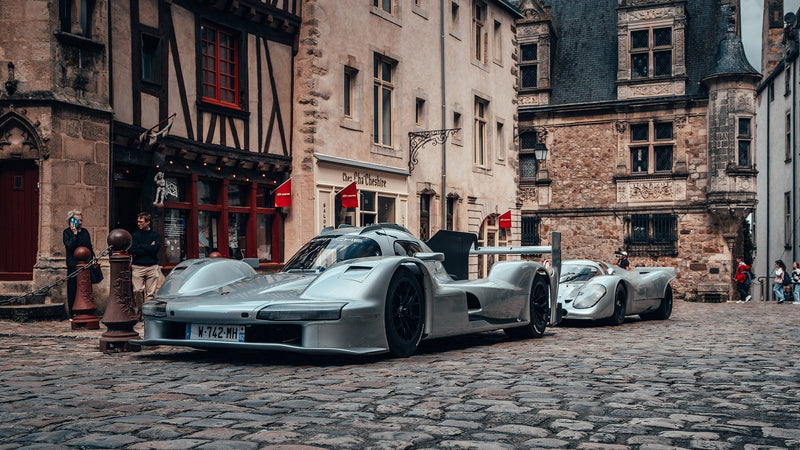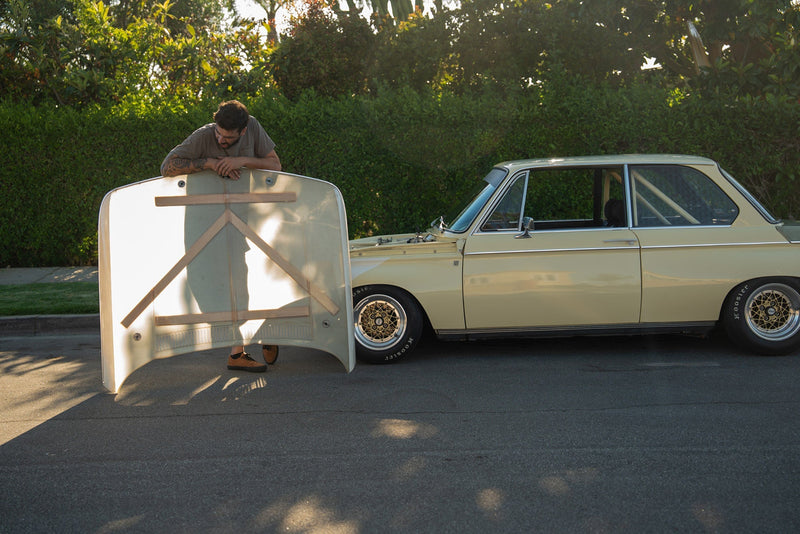Jack Heuer created his Carrera in honor of this race, and the long tradition notched another year with the 2018 edition of La Carrera Panamericana. TAG Heuer invited me along to celebrate the 55th anniversary of the chronograph named after the route through South America I would soon be traveling.
It was for the first time attending, so with expectations high I packed up my camera and went from Bogotá to Mexico City before heading 400km south to the culturally rich city of Oaxaca, Mexico, which served as the starting point for the vast route ahead of us.






Upon arriving we get a close look at the teams getting ready for the qualifying test to come, and it’s very impressive to look at the different degrees of the participants’ approaches to the event: there are nine different categories to suit everyone's taste, ranging from basic and mostly original cars from before the 1970s, a few PanAm Challenge Mini Coopers, all the to the impressive NASCAR-powered cars, like the 700hp that’s inside the souped-up Studebaker Commander.
Before attending the race, I wasn’t a fan of the idea of cars with that much power and wholly new brakes and suspension. I thought it was sort of like a Halloween costume, but in due time I came to change my mind. These sometimes bizarre creations added a lot to the competitiveness and diversity of the race. Then again, if you are the kind who likes period -correct racing, there was plenty of other cars in La Carrera to have a crush on.





This year’s event not only brought the typical group of Studebakers, it also saw the attendance of a great pack of all sorts of 911s, with some of the teams bringing cars to celebrate the marque’s 70th birthday this year. BMW enthusiasts weren’t far behind, and five 2002s showed up in honor of that car’s own anniversary this year as it turns 50.
Beyond the cars and the driving experiences along the way, the event is also a celebration of the cities and little towns where the famous route takes its troupe of sports cars. It’s amazing to see how the people in each city bring so much happy energy and celebration to the streets when we’d pass through, in a much different way than you would get at European rallies. I encourage you to experience it.







From the drivers’ perspectives, it’s a challenging experience in any of the different categories you decide to race in, as to go quickly requires an excessive amount of concentration on the route, good communication with the co-pilot, and long hours of preparation, some days starting early as the 3AM and finishing as late as 10PM. Then until midnight and sometimes beyond, the teams of mechanics work to repair and prep the cars for the next day.



Some of the most serious teams begin to study the race a few months in advance and others will go out on their own time to complete the 3,000+ kilometers to take notes and get used to the changes that may have happened to the road over time.


That kind of enthusiasm is required to do well in a race as challenging as this one, and among those driver-adventurers that La Carrera captures the attention of, Hilaire and Laura Damiron, a married couple, took on the route. They won the 2016 edition in their class, and had an incredible participation this year too; after having an accident, they managed a second place all the same. The couple is known as one of the legends of the modern version of the race for good reason.
Being part of the TAG Heuer team for the event meant I had the privileged chance to talk to them. The couple are passionate drivers and also have a collection of classics—mainly American and European cars—in Latin America and abroad in France, but I wanted to get some more background. A few years back in the early 2000s, Hilaire, a French professional superbike rider, got into a serious accident in one of his races in Brazil while he was dating Laura. After the accident he decided to swap the world of superbikes for cars, and rallies in older cars caught his attention, especially La Carrera Panamericana as it was moving to Mexico.



After a few participations done alone, his now-wife Laura joined him in a few vintage series like the Chihuahua Express and in 2015, La Panamericana. By 2016 they’d won the race and now in 2018 they earned a second place, just behind another Studebaker from the duo Emilio Velázquez and Christian Coronel.
Coming back to the experience that lasted seven days as the group went from Oaxaca to Durango and covered more than 3000km in the process of combined speed and transit stages, my favorite part was the arrival day in Mexico City, as the TAG Heuer staff provided us with a Mini Cooper in which we had the pleasure of experiencing one of the speed stages that the federal police had closed off for us in sections of about 20 to 30km, in which you have the complete rural backroads all to yourself with no worries about crossing the middle dividing lines. A rare treat on very well taken care of pavement draped over mountains—what more could you want? They are no joke though, and in the first few days four cars had gone off track already.




The reception in Tehuacán and Mexico City as we drove through the city center and landmarks was something special, and it was great to see it full of kids asking for autographs and gawking at the parade of sports and race cars. It was such an amazing experience, and the memories will last me a lifetime, but I’m already looking forward to returning, hopefully next year. I’d like to thank TAG Heuer for inviting me along for the ride.





